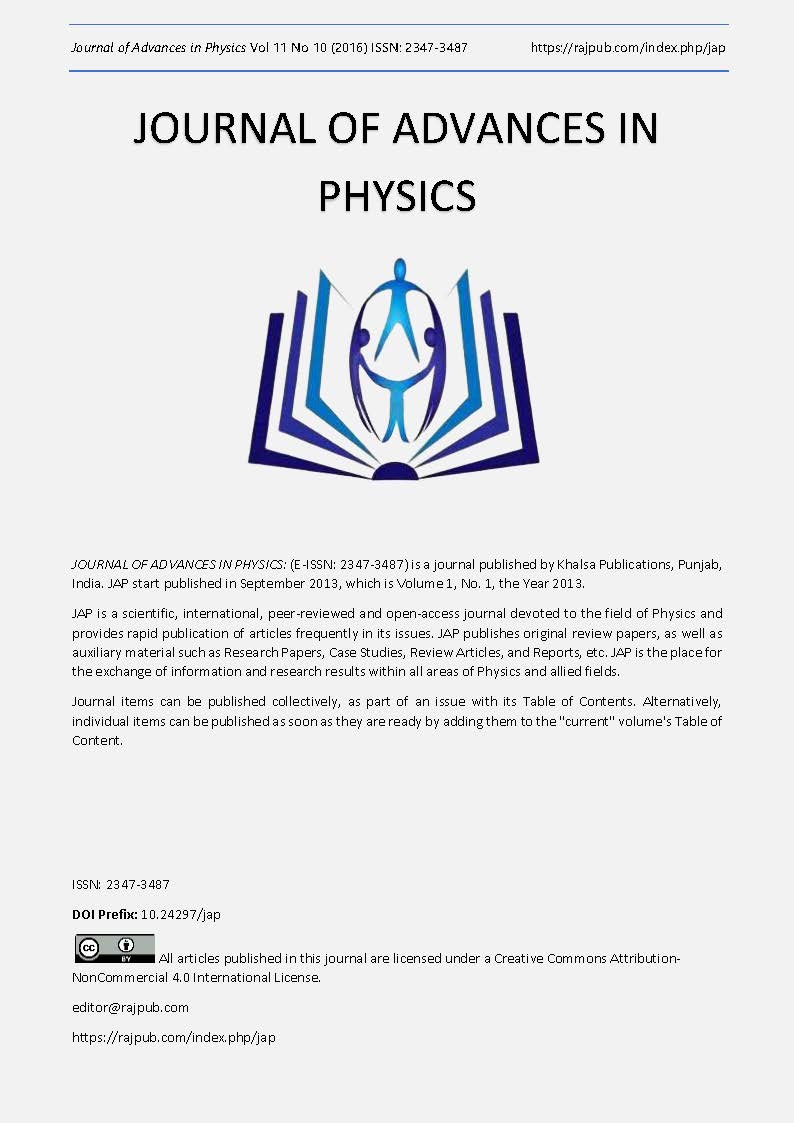Detection of Transient 1.42 GHz (Hydrogen Line) Bursts From the Human Brain-Body During Specific Angular Velocities
DOI:
https://doi.org/10.24297/jap.v11i8.5802Keywords:
Hydrogen line, 1.42 GHz, human source, angular velocity, Yagi antennaAbstract
Basic physical principles should be reflected at the macro- and micro-levels. The 1.42 GHz neutral hydrogen lineis a primary signature of the universe but has also been measured over large bodies of water. Pursuant to ourcalculations indicating that the human brain contained sufficient proton-electron pairs to be conducive to photon flux densities of ~10-13 to 10-11 W·m-2 for this phenomenon, we designed an experiment to measure the 1.42 GHz emission. When human subjects who were sitting within a very shielded chamber moved towards and away at angular velocities of about 4 m per s to within 21 cm of a sensitive Yagi antenna-sensor system connected to a RF field strength analyzer highly reliable discrete (~250 ms) bursts were detected for the hydrogen line. Static positions near the antenna did not produce this configuration. Quantification indicated that angular momentum of each electron within the peripheral extent of the moment of inertia of the moving mass (the subjects head) multiplied by the hydrogen line frequency would have been equivalent to ~10-12 W·m-2. If this universal frequency is generated by specific angular momentum of the human head with respect to the coccyx (fulcrum), then the potential interaction between cerebral electromagnetic phenomena and moreuniversal energies might be re-evaluated.
Downloads
Downloads
Published
How to Cite
Issue
Section
License
 All articles published in Journal of Advances in Linguistics are licensed under a Creative Commons Attribution 4.0 International License.
All articles published in Journal of Advances in Linguistics are licensed under a Creative Commons Attribution 4.0 International License.




